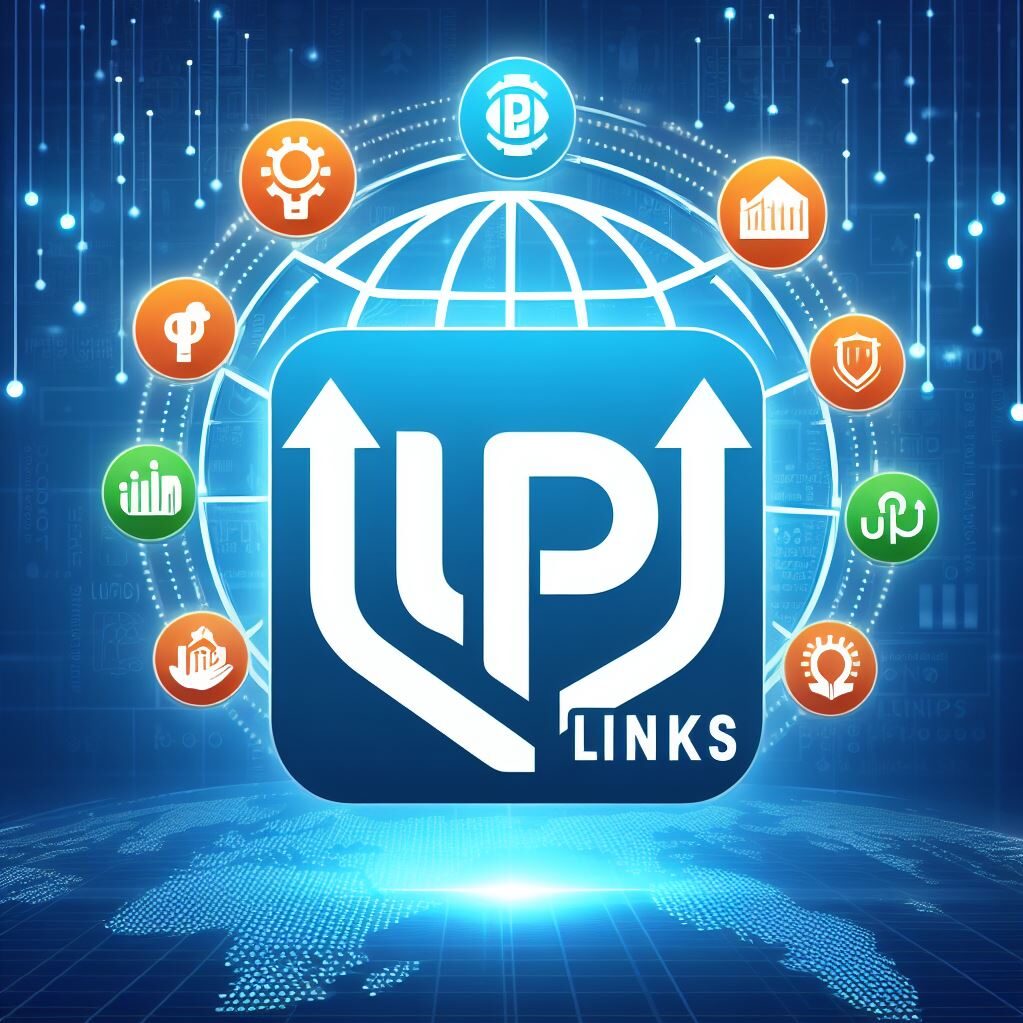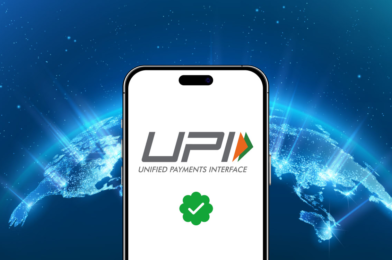Are you someone who relies heavily on Unified Payments Interface (UPI) apps for daily payments? If so, you’re not alone. UPI has revolutionized digital payments in India, making it easy and hassle-free to pay for anything from groceries to utility bills. But what if you could combine the convenience of UPI with the flexibility of a credit card? Enter UPI credit cards, a game-changing solution for modern-day payments.
What Are UPI Credit Cards?
UPI credit cards bring together two popular payment methods: UPI and credit cards. Traditionally, UPI payments were linked directly to your savings account. This meant that you could only pay merchants or vendors if you had sufficient funds in your bank account. With UPI credit cards, however, you can now make payments on credit.
This feature enables users to carry out real-time UPI transactions while charging the amount to their credit card. The money is deducted from the credit card limit rather than your bank account, offering financial flexibility and convenience.
UPI credit cards can be used through popular mobile apps such as Paytm, PhonePe, MobiKwik, BHIM, and Airtel Money, as well as apps provided by various banks. The Reserve Bank of India (RBI) enabled this feature in June 2022 by allowing credit cards to be linked to UPI. This step was a response to the growing preference for UPI among younger users who find traditional credit card processes, such as swiping at POS terminals and entering OTPs, cumbersome.
The Advantages of UPI Credit Cards
- Pay Even Without Funds in Your Bank Account
UPI credit cards allow you to make payments even if you don’t have money in your savings account at the time of the transaction. The amount is charged to your credit card, which you can repay during the card’s billing cycle. This feature is particularly useful for managing short-term cash flow issues or making urgent payments.
- Streamlined Financial Records
Regular UPI payments linked to your bank account can clutter your bank statement with dozens of small transactions. UPI credit cards solve this problem by consolidating all payments into a single entry on your bank statement when you pay your credit card bill.
- Example: If you make 100 small transactions in a month using UPI linked to your bank account, each transaction is listed separately in your statement. However, if these payments are made via UPI credit card, they appear as a single consolidated payment in your bank statement after you settle the credit card bill.
- Access to Credit Card Benefits
Using a UPI credit card enables you to enjoy the rewards and benefits that come with credit cards, such as:
- Cashback and Reward Points: Earn points or cashback for every UPI payment.
- Offers and Discounts: Avail of exclusive deals provided by credit card issuers.
- Credit Building: Improve your credit score by using the card responsibly.
- Enhanced Reach of Credit Card Payments
UPI is widely accepted across India, from large retail stores to local street vendors. By linking your credit card to UPI, you can use your credit card in places where traditional card machines (POS terminals) are not available, effectively increasing the reach of credit payments.
How UPI Credit Cards Work
- Linking Your Credit Card to UPI
Instead of linking your UPI app to your bank account, you link it to your credit card. This feature is currently available for RuPay credit cards issued by various banks.
- Transaction Process
When making a payment via UPI, the amount is debited from your credit card rather than your bank account. The process remains as seamless as any UPI payment: scan the QR code, enter the amount, and confirm the transaction.
- Repayment Cycle
Like any credit card, you settle your bill during the card’s billing cycle. This includes all UPI transactions made during the period. Timely repayment ensures you avoid interest charges and helps you maintain a good credit score.
Who Can Use UPI Credit Cards?
Currently, this service is available for users with RuPay credit cards, which can be linked to UPI apps. Many banks have already started offering this feature, and it is expected that other card networks like Visa and Mastercard may follow suit in the near future.
Why UPI Credit Cards Are a Game-Changer
- A Boost for the Digital Economy
UPI credit cards bridge the gap between digital payments and credit access, encouraging more merchants and consumers to adopt cashless transactions.
- Convenience Without Compromise
Users no longer need to carry physical credit cards or rely on POS machines for transactions. Payments can be made using just a smartphone, anytime and anywhere.
- Empowering Small Businesses
Small vendors and shopkeepers, who primarily accept UPI, can now benefit from customers paying with credit. This boosts sales and expands their customer base.
The Future of UPI Credit Cards
With their ability to combine the flexibility of credit with the ubiquity of UPI, these cards are poised to transform the payments ecosystem. As more banks and payment networks adopt this technology, UPI credit cards will likely become a standard payment method, empowering users with better financial flexibility and streamlined payment processes.
If you value the ease of UPI but also want to leverage the power of credit cards, it’s time to explore UPI credit cards – the future of seamless and flexible payments.






